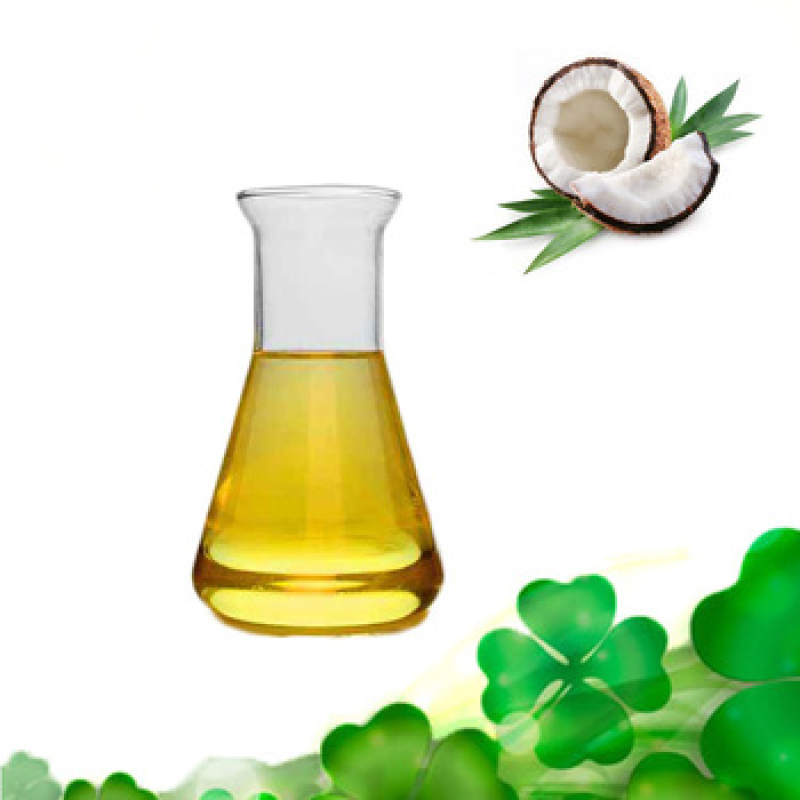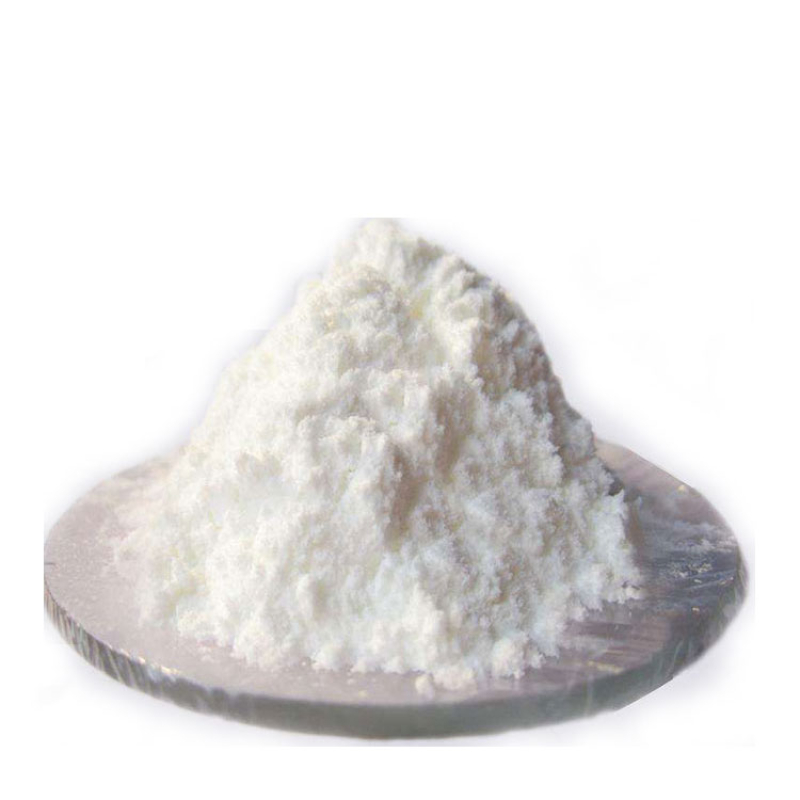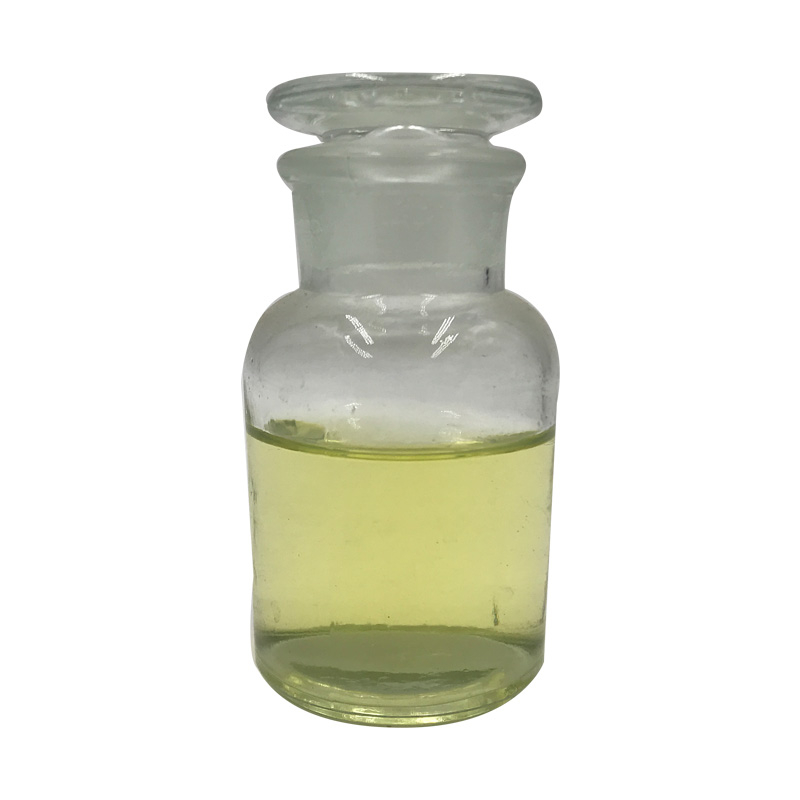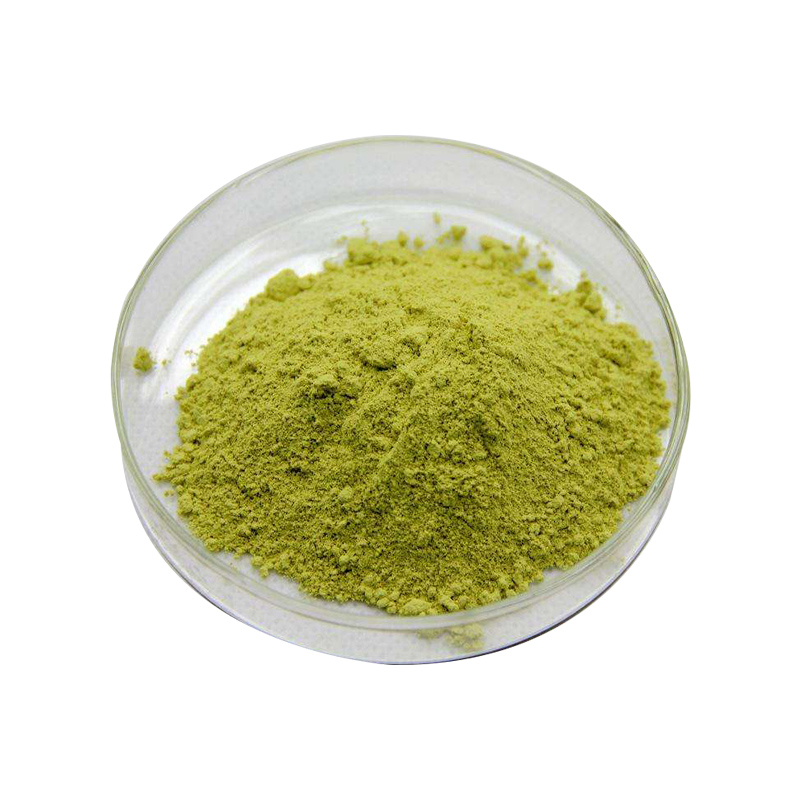Chlorobenzene CAS# 108-90-7Chlorobenzene is a monocyclic fragrant compound with one hydrogen atom on the benzene ring substituted with one chlorine. It is produced by means of chlorination of benzene in the liquid segment with a catalyst. Chlorobenzene is a colourless, flammable liquid with a candy almond-like odor, at ambient temperature with a incredibly excessive vapour pressure, reasonable octanol-water partition coefficient (log 2.8) and average to low water solubility (497.9 mg/L @ 25℃).
Contact Now
Products Description of 2,5-Bis(5-tert-butyl-2-benzoxazolyl)thiophene CAS#7128-64-5This product is yellow-green powder. Melting point 200-201℃, decomposition temperature greater than 220℃. Insoluble in water, soluble in alkanes, fats, mineral oils, waxes and common organic solvents. Solubility/(g/100ml): methanol 0.05; acetone 0Chemicalbook.5; toluene 5.3; carbon tetrachloride 5.9; tetrahydrofuran 5.5; DMF 0.8; chlorobenzene 10.2; cyclohexane 3.3; xylene 5.5; dioctyl phthalate 0.7; water 0.01.
Contact Now
Products Description of Disodium sulfide CAS#1313-82-2Sodium sulfide, also known as stinky alkali, stinky soda, or sulfide alkali, is an inorganic compound with the chemical formula Na2S.
Contact Now
Products Description of Sodium carboxymethyl cellulose CAS#9004-32-4Sodium carboxymethylcellulose (CMC) is a carboxymethylated derivative of cellulose, also known as cellulose gum. It is an anionic cellulose ether and the main ionic cellulose gum. It is usually an anionic polymer compound obtained by reacting natural cellulose with caustic soda and monochloroacetic acid. The molecular weight of the compound ranges from several thousand to millions. CMC is a white or milky white fibrous powder or granule with a density of 0.5-0.7 g/cm3. It is almost odorless and tasteless and hygroscopic.
Contact Now
Products Description of Vitamin E CAS#59-02-9Natural vitamin E is a brown-red or transparent light yellow oily liquid with a mild, special smell and taste. Easily soluble in ethanol, acetone, ether, chloroform or vegetable oil, almost insoluble in water. It has a high boiling point (250°C) and is stable to heat. It oxidizes when exposed to air and light and turns dark red. It has no calories and does not participate in human metabolism. Natural vitamin E has the functions of whitening spots, preventing skin aging, regulating endocrine, and preventing high blood pressure and blood clots.
Contact Now
Heptane CAS# 142-82-5N-Heptane is a flammable liquid, current in crude oil and extensively used in the auto- cell industry. For example, as a solvent, as a fuel knock trying out standard, as automobile starter fl uid, and paraffi nic naphtha. n-Heptane motives unfavourable fitness results in occupational workers, such as CNS depression, skin irritation, and pain.
Contact Now
Products Description of Sodium alginate CAS#9005-38-3Sodium alginate (CHONa), mainly composed of the sodium salt of alginate, is a polysaccharide biopolymer with many characteristics such as wide source, non-toxic, easy to degrade, and easy biocompatibility. Therefore, it has great application value in various industries such as medicine, food, packaging, textile industry, and biomaterials.Sodium alginate Chemical PropertiesMelting point 99 °Cdensity 1.0 g/cm3(Temp: 25 °C)FEMA 2014 | ALGIN (LAMINARIA SPP.
Contact Now
Products Description of Oleic CAS#112-80-1Insoluble in water, soluble in benzene, chloroform, miscible with methanol, ethanol, ether and carbon tetrachloride. Because it contains double bonds, it is easily oxidized by air, producing an unpleasant odor and turning yellow. When treated with nitrogen oxides, nitric acid, mercurous nitrate and sulfurous acid, it can be converted into oleic acid. When hydrogenated, it becomes stearic acid. The double bonds can easily react with halogens to form halogenated stearic acid.
Contact Now
Products Description of Tetradecyldimethylbenzylammonium chloride CAS#139-08-2Benzyldimethyltetramethylammonium chloride is a quaternary ammonium salt used for eye care or treatment of eye diseases. It is an ion association reagent for extraction photometric analysis and a sensitizer for metal photometric determination. It can be dissolved in water and ethanol in any proportion, and can be used with cationic, nonionic surfactants or dyes at the same time. It should not be used with anionic surfactants or additives.
Contact Now
Products Description of 4-Chloro-3-methylphenol CAS#59-50-7Colorless crystal. The melting point is 66°C (55.5°C), the boiling point is 235°C, 1g can be dissolved in 250ml of water at 20°C, more dissolved in hot water, and easily soluble in benzene, ether, ethanol, acetone, chloroform and petroleum ether. Can evaporate with water vapor. Used in organic synthesis, such as dyes, film preservatives, etc. Used as pharmaceutical preservative1.
Contact Now
Product DetailsProducts Description of Octadecenoic Acid CAS#112-80-1Insoluble in water, soluble in benzene, chloroform, miscible with methanol, ethanol, ether and carbon tetrachloride. Because it contains double bonds, it is easily oxidized by air, producing an unpleasant odor and turning yellow. When treated with nitrogen oxides, nitric acid, mercurous nitrate and sulfurous acid, it can be converted into oleic acid. When hydrogenated, it becomes stearic acid. The double bonds can easily react with halogens to form halogenated stearic acid.
Contact Now
Products Description of Methotrexate CAS#59-05-2This product is a good anti-tumor drug and is used for acute lymphoblastic leukemia, lymphoma, malignant hydatidiform mole, choriocarcinoma, squamous cell carcinoma, lung cancer, cervical cancer, breast cancer and osteosarcoma Chemicalbook. 90% of the original drug of methotrexate is excreted in the urine 12 hours after oral administration, and the main metabolite is 7-hydroxymethotrexate.
Contact Now
Dichloroethane CAS#1300-21-6Chemical Properties:Dichloroethane is a colorless and transparent oily liquid with a chloroform-like odor and a sweet taste. It is very easy soluble in water, miscible with ethanol, chloroform and ether,it also can dissolve oil and grease, grease, paraffin. It is mainly used as a solvent.Application:Dichloroethane can be used as a standard reagent for chromatography; it is also used as a solvent for resins, rubber, cellulose acetate, cellulose esters, paints and polymers such as polystyrene; it is also used as a raw material for organic synthesis.
Contact Now
Products Description of Ammonium bicarbonate CAS#1066-33-7Ammonium bicarbonate(1066-33-7) is a commonly used reagent for industrial and research procedures. Ammonium bicarbonate is volatile in solution and releases ammonia and CO2. This property makes ammonium bicarbonate a good buffer for such applications as lyophilization and matrix assisted laser desorption.
Contact Now
Products Description of Thiabendazole CAS#148-79-8Thiabendazole is commonly known as Tekodo, Tibilin, Thiobendazole, Thiabendazole, and Thiabendazole. It has the ability to conduct systemically to the top, but not to the base. It has a long lasting effect and has cross-resistance with benzimidazole fungicides. It has inhibitory activity against ascomycetes, basidiomycetes, and deuteromycetes, and is used to prevent and control fungal diseases of various crops and preserve fruits and vegetables.
Contact Now
Products Description of Octamethylcyclotetrasiloxane CAS#556-67-2Octamethylcyclotetrasiloxane, referred to as D4, is a colorless, transparent or milky white liquid, flammable and odorless.
Contact Now
Propyl acetate CAS# 109-60-4Chemical Properties:Propyl acetate, also known as propyl acetate, n-propyl acetate, or n-propyl acetate, is a colorless and clear liquid with a soft fruity aroma. Naturally found in strawberries, bananas, and tomatoes. Soluble in most organic solvents such as alcohols, ketones, esters, and oils, and slightly soluble in water.Quality Assurance:We maintain strict quality control to ensure our glacial acetic acid meets the highest purity standards, essential for critical industrial applications.Professional Sales Pitch:As a sales professional, I understand th
Contact Now
Products Description of Didecyl dimethyl ammonium chloride CAS#7173-51-5Didecyl dimethyl ammonium chloride belongs to the double-chain quaternary ammonium salt compounds, which are used in many products due to their bactericidal, virucidal and fungicidal properties. In terms of disinfection function classification, didecyl dimethyl ammonium chloride belongs to the medium-level disinfectant and is a broad-spectrum virus disinfectant.
Contact Now
Products Description of DIMETHYL DICARBONATE CAS#4525-33-1Dimethyldicarbonate (DMDC), also known as Vigorin, is a fruit juice beverage preservative permitted for use in my country's food additives standards (INS No. 242). At room temperature or even low temperature, DMDC has a strong killing ability against many contaminating bacteria in fruit juice beverages. Its antiseptic effect is closely related to the modification and inactivation of key enzyme proteins in the bacteria by DMDC.
Contact Now
Products Description of Imidazole CAS#288-32-4Imidazole, with the molecular formula C3H4N2, is an organic compound and a type of diazoles. It is a five-membered aromatic heterocyclic compound containing two meta-nitrogen atoms in the molecular structure.
Contact Now
Products Description of Triallylamine CAS#102-70-5Triallylamine is an organic compound with the chemical formula C9H15N. It is mainly used as an extraction agent for uranium and rare metals. It can also be used to treat organic wastewater and produce petroleum products and quaternary ammonium compounds and their derivatives as additives and metal resists.
Contact Now
Sodium Lauryl Ether Sulfate CAS#68585-34-2A versatile anionic surfactant widely used in personal care, household, and industrial cleaning products. Known for its excellent foaming properties, detergency, and solubility in water, SLES delivers effective cleaning while maintaining skin and hair compatibility.
Contact Now
Acrylonitrile CAS#107-13-1 Acrylonitrile is a colourless, flammable liquid. Its vapours might also explode when uncovered to an open flame. Acrylonitrile does now not take place naturally. It is produced in very giant quantities through numerous chemical industries in the United States, and its requirement and demand are growing in latest years. Acrylonitrile is a closely produced, unsaturated nitrile.
Contact Now
Products Description of Collagenase CAS#9001-12-1Collagenase, also known as collagenase and clostridial peptidase, is a protease obtained by fermentation of Clostridium histolyticum.Medical collagenase is refined from the culture fluid of Clostridium histolyticum ATCC21000.
Contact Now


































